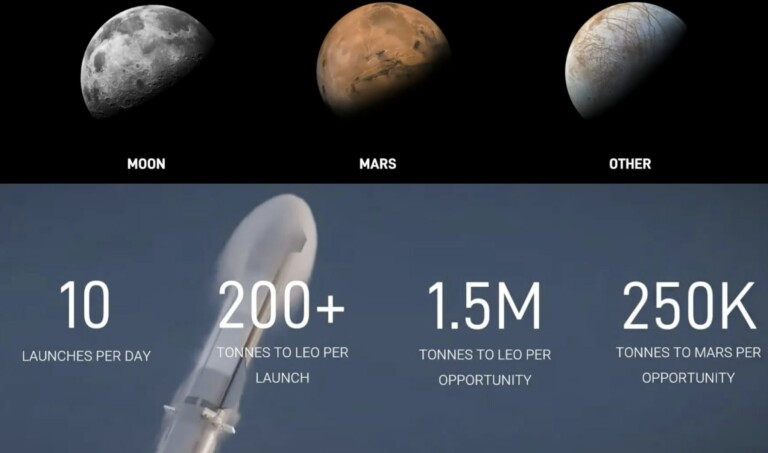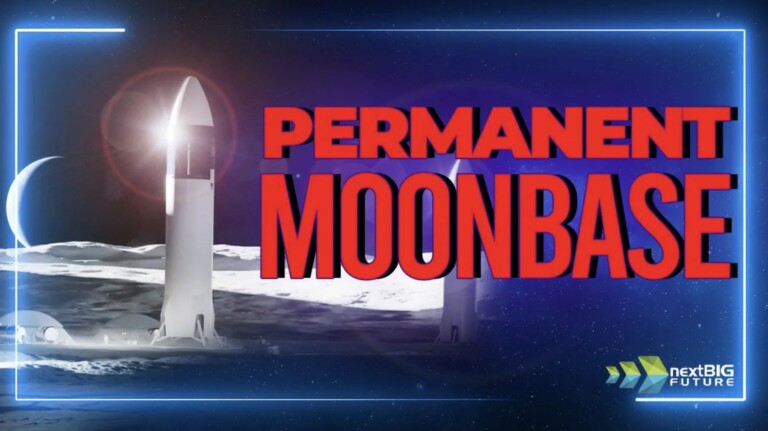Rocketstar Creates Nuclear Fusion to Indirectly Boost to Electric Space Propulsion | NextBigFuture.com
RocketStar has announced the first successful demonstration of their nuclear fusion-enhanced pulsed plasma FireStar™ Drive. They have enhanced electric drive space propulsion.
Electric propulsion drives create small amounts of thrust but are significantly more fuel-efficient than conventional chemical rockets. Electric propulsion are ion and hall effect drives. They are like the tortoise to the chemical rocket hare. The electric drives keep thrusting for months or years while the chemical rockets have the fuel for a few minutes.
This type of fuel-to-thrust ratio is particularly important for vehicles that are intended to remain in orbit for long periods of time while also retaining the ability to maneuver when needed. Electric propulsion drives are also ideally suited for missions to the outer reaches of the solar system since they can combine the power collected from the sun with a small amount of propellant to travel vast distances.
RocketStar’s Foundation drive is one such electric propulsion technology that uses plain old water as its core propellant.
They were able to use the existing drive’s exhaust to create a nuclear fusion reaction by injecting Boron directly into the exhaust plume. Much like an afterburner injects raw fuel directly into the exhaust of a jet engine to offer short bursts of speed, the injection of Boron resulted in a dramatic increase in efficiency.
The fusion creates a high-energy carbon that immediately decays into three useful alpha particles, thereby breaking up the cloud of positive charge that exists in the exhaust of all-electric thrusters.
The fusion reaction does not increase the thrust by forcing blasts of fusion radiation out the back of the thruster. Instead, the alpha particles generated simply improve the existing thruster by reducing the “space charge effect” thereby increasing the operating efficiency of the Foundation drive.
“It’s all indirect, using a very specific type of fusion to sweep away garbage,” RocketStar executives told The Debrief.
Those improved propulsion results were later confirmed in Phase 2 of the system’s development at Georgia Tech’s High Power Electric Propulsion Laboratory (HPEPL) in Atlanta, Georgia. There, the drive not only created the telltale ionizing radiation of the fusion reaction but also improved the base unit’s thrust by 50%.
Brian Wang is a Futurist Thought Leader and a popular Science blogger with 1 million readers per month. His blog Nextbigfuture.com is ranked #1 Science News Blog. It covers many disruptive technology and trends including Space, Robotics, Artificial Intelligence, Medicine, Anti-aging Biotechnology, and Nanotechnology.
Known for identifying cutting edge technologies, he is currently a Co-Founder of a startup and fundraiser for high potential early-stage companies. He is the Head of Research for Allocations for deep technology investments and an Angel Investor at Space Angels.
A frequent speaker at corporations, he has been a TEDx speaker, a Singularity University speaker and guest at numerous interviews for radio and podcasts. He is open to public speaking and advising engagements.
Information contained on this page is provided by an independent third-party content provider. This website makes no warranties or representations in connection therewith. If you are affiliated with this page and would like it removed please contact editor @riverton.business




